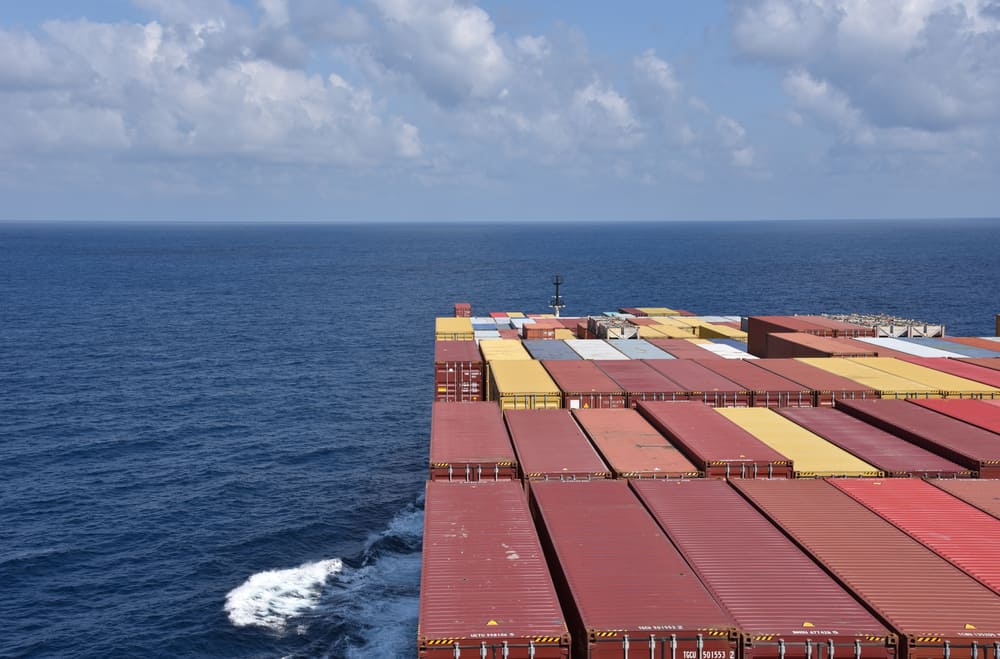Container shipping transports manufactured goods, semi-manufactured goods, and raw materials around the world. There are always uncertain situations that the shipping industry faces.
The COVID-19 pandemic is one of the biggest uncertainties for the shipping industry in recent times.
Over the past several months, China struggled with COVID-19, so manufacturing and shipping activity has been slowed down dramatically. Moreover, since China is one of the biggest export and import countries, the COVID-19 pandemic affected China’s export and import activities. Vessels stayed berthed at ports for long time periods and containers got stuck at ports or warehouses. Even if China’s export and import activities are getting back to normal in recent weeks, the COVID-19 crisis continues to be strongly felt in Europe and the U.S.
The result of the slowing down of shipping activities around the world has been reports of severe equipment shortages in the U.S. as a consequence of carriers blanking around half of all headhaul sailings since the Chinese New Year due to COVID-19.
Recently ocean carriers evacuated empty containers from China to the U.S. to try overcome imbalances after weeks of COVID-19 disruptions.
However, the shipping industry still suffers from huge inefficiencies in repositioning empty containers, and as a result, repositioning represents a significant problem. The world’s fleet capacity has continued growing too fast, and repositioning of empty containers in the shipping industry represents about 5% to 8% of an ocean carriers’s operating costs. In order to meet demand, ocean carriers have to decide how many empty containers of each type to keep in each location.
Ocean carriers need to understand their demand weeks in advance, relocate containers across their network, and maintain safety stocks of empty containers in various locations all over the world, in order to effectively navigate this complex situation.




